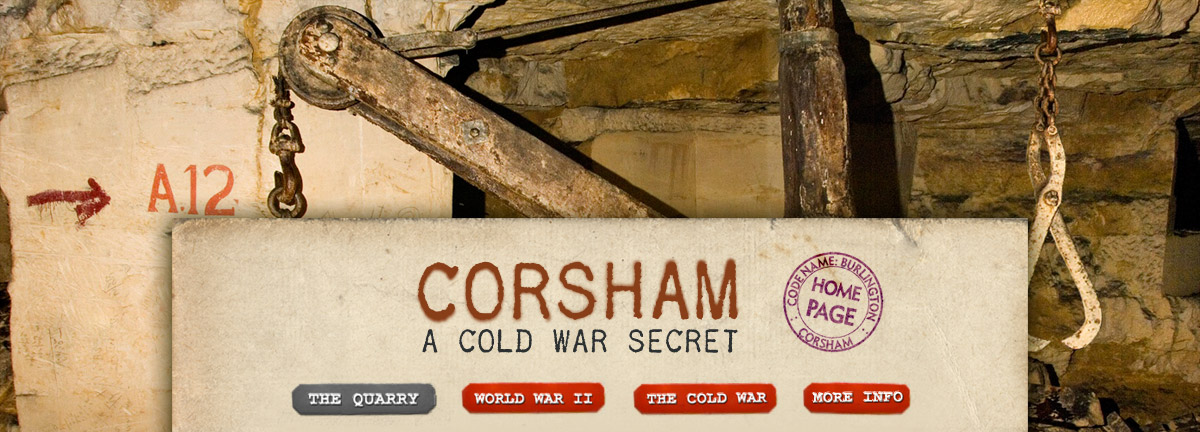

The Quarry The below-ground Corsham complex is a result of the quarrying of Oolitic stone from the mid-19th and early-20th centuries. Much of the evidence of this industrial activity has been lost to the Second World War conversion of the quarries by the Royal Engineers, but distinct areas of industrial remains survive. Oolitic limestone had been industrially quarried in the locality since the beginning of the 18th century, largely instigated by Ralph Allen who capitalised on the reserves at his estate at Combe Down. By 1885 there were 12 firms operating in the Corsham area, seven of which amalgamated under the Bath and Portland Stone Firms Ltd. which by 1900 were producing 3,000,000 cubic feet of stone a year (McCamley 2007). The ‘Golden Age’ of quarrying at Corsham dates from 1850 to 1910, which was instigated by Brunel’s construction of Box Tunnel. This opened after fourteen years of construction in 1841, revealing the industrial potential of the area. The level of survival of quarrying remains within the West Lung of Spring Quarry is remarkable and both the historic fabric and artefacts survive in situ, creating a time capsule of quarrying history. The exact layout of the area has been retained with narrow paths containing narrow-gauge metal tracks winding their way around stone pillars, leading to loading levels and deep pits of stone. Here cranes survive, some with stone still dangling from hooks, and surrounded by assemblages of tools. Other cranes are hidden behind backfill, presumably too time consuming to remove. Saws,
pincers, spades and jadding irons are
also left in situ as the quarrymen placed them on the ground
expecting to return. Wooden barrows and rail tracks used for transporting
stone lie forgotten, whilst breakfast bars (barrows filled with
water) are hidden within backfilled stone waste, with thin paths
revealing their location. Graffiti carved in or written in pencil
on the stone elevations provide an added social dimension to the
space; strings of numbers indicate the calculations of stone and
profit, others provide an insight into the men working within the
mines, including J White, Brixton smoking a pipe and Shackle
Pot Neddy with a hook for a hand.
|
||
 |
